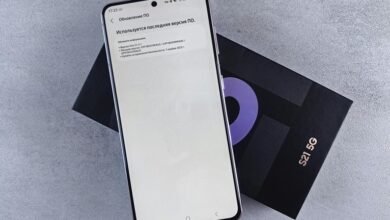396494601 Investigating Mobile Call Distribution Patterns

Investigating mobile call distribution patterns reveals critical trends influenced by various factors. Seasonal fluctuations, time of day, and geographic locations play significant roles in shaping call volume. Additionally, demographic influences, such as age and gender differences, further complicate these patterns. Understanding these dynamics is essential. What unique insights can emerge from analyzing these elements collectively? Exploring this question may uncover valuable strategies for optimizing telecommunications.
Analyzing Call Volume Trends
How do varying factors influence call volume trends in mobile communications?
Call volume prediction relies on understanding seasonal variations, which can significantly impact user behavior.
Factors such as holidays, weather changes, and local events contribute to fluctuations in call patterns.
The Impact of Time of Day on Call Patterns
As the day progresses, the impact of time on call patterns becomes increasingly evident, revealing distinct peaks and troughs in mobile communication activity.
Peak hours typically align with commuting times and lunch breaks, while off-peak trends emerge during late night and early morning.
This cyclical nature of call distribution highlights the importance of time in understanding user behavior and optimizing communication strategies.
Geographic Distribution of Calls
Geographically, mobile call distribution patterns frequently reflect population density and urban development. Urban hotspots exhibit higher call volumes due to concentrated populations and improved infrastructure.
Conversely, rural areas often face challenges in connectivity, resulting in lower call frequencies. Understanding these geographic disparities provides insight into the necessity for enhanced telecommunications in underserved regions, ultimately promoting equitable access and fostering freedom of communication for all.
Demographic Influences on Call Behavior
What factors shape the demographic influences on call behavior?
Age groups exhibit distinct calling patterns, with younger individuals favoring digital communication.
Gender differences reveal variances in frequency and purpose of calls.
Socioeconomic status affects technology access, while cultural norms dictate interaction styles.
Furthermore, urban versus rural settings influence call volumes and connectivity, underscoring the complex interplay between these demographic elements in shaping call behavior.
Conclusion
In conclusion, the intricate tapestry of mobile call distribution patterns reveals a dynamic interplay of temporal, geographic, and demographic influences. As the sun rises and sets, it shapes communication behaviors akin to the rhythms of nature. By discerning these patterns, stakeholders can cultivate strategies that resonate with the diverse needs of users, ensuring equitable access to telecommunications. Ultimately, understanding these nuances is imperative for navigating the ever-evolving landscape of mobile communication in a manner reminiscent of the astute observations of sociologist Erving Goffman.





